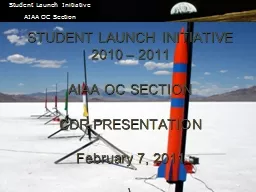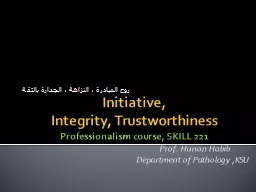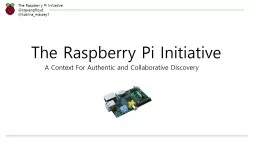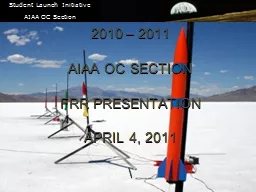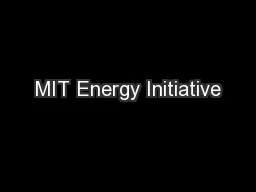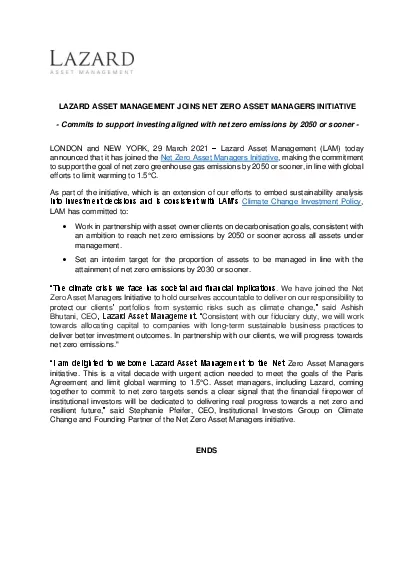PPT-1 STUDENT LAUNCH INITIATIVE
Author : calandra-battersby | Published Date : 2016-07-05
2010 2011 AIAA OC SECTION CDR PRESENTATION February 7 2011 Student Launch Initiative AIAA OC Section Agenda Introduction of team members representing 5 high schools
Presentation Embed Code
Download Presentation
Download Presentation The PPT/PDF document "1 STUDENT LAUNCH INITIATIVE" is the property of its rightful owner. Permission is granted to download and print the materials on this website for personal, non-commercial use only, and to display it on your personal computer provided you do not modify the materials and that you retain all copyright notices contained in the materials. By downloading content from our website, you accept the terms of this agreement.
1 STUDENT LAUNCH INITIATIVE: Transcript
Download Rules Of Document
"1 STUDENT LAUNCH INITIATIVE"The content belongs to its owner. You may download and print it for personal use, without modification, and keep all copyright notices. By downloading, you agree to these terms.
Related Documents

